In a move that further blurs the line between science fiction and reality, Amazon has quietly been testing an innovative service that could revolutionize how we shop for clothes. Dubbed the "Try-On Drone" program, this experimental delivery system aims to bring sample garments directly to customers' homes via autonomous aerial vehicles before they make a purchase.
The concept sounds like something from a futuristic movie: a drone gently lands in your backyard, deposits several clothing items for you to try on, then returns later to collect the samples while you keep the pieces you want to buy. According to internal documents obtained by retail analysts, this isn't just a pipe dream but an active pilot program being tested in select markets.
How the Try-On Drone Service Works
Customers who opt into the program can browse eligible clothing items on Amazon Fashion that are marked as "Drone Try-On Available." After selecting up to five items, users choose a one-hour delivery window. An automated warehouse prepares the order by placing the garments in specialized protective sleeves designed for aerial transport.
The drones, which appear to be modified versions of Amazon's Prime Air delivery drones, are equipped with climate-controlled compartments to prevent damage to delicate fabrics during flight. What makes these units unique is their ability to handle returns simultaneously with deliveries - a feature not present in standard package delivery drones.
Once the drone arrives at the designated location (typically a backyard or driveway marked by an Amazon-provided landing pad), the customer receives a smartphone notification. They then have thirty minutes to retrieve the items from the drone's secure compartment using a one-time access code. The drone remains stationed during this period before autonomously returning to base.
The Try-On Experience
Customers then have between 24 to 48 hours to try on the garments in the comfort of their homes. The current pilot program includes mostly basic apparel items - jeans, t-shirts, sweaters and lightweight jackets - though sources indicate Amazon hopes to expand to dresses and formalwear if the technology proves viable.
An unexpected benefit has emerged from early testing: the ability to see how fabrics look in natural lighting conditions. Many online shoppers know the frustration of receiving clothing that appears completely different in person than on their screens. The drone try-on service eliminates this uncertainty while still providing the convenience of home shopping.
When the trial period ends, customers simply place unwanted items back in the provided packaging and schedule a pickup through the Amazon app. The same drone (or another from the fleet) returns to collect the samples. Only after the customer decides which items to keep does Amazon process payment for those pieces, with the rest being returned to inventory.
Technical Challenges and Solutions
Developing this service hasn't been without hurdles. Early prototypes struggled with weight distribution when carrying multiple garments of varying sizes. The current solution involves smart compartments that automatically adjust balance during flight based on the weight and positioning of the clothing items.
Another significant challenge was preventing garments from wrinkling during transport. Amazon's engineers developed a proprietary folding system combined with just enough steam injection during the packing process to ensure clothes arrive presentable. The company has filed several patents related to these innovations, suggesting long-term commitment to the concept.
Perhaps the most complex aspect has been creating a drone capable of both deliveries and pickups while maintaining quick turnaround times. The answer came in the form of a dual-bay system that keeps delivered and returned items completely separate while allowing simultaneous loading and unloading operations.
Privacy and Security Considerations
Naturally, a service that involves drones entering private property raises valid privacy concerns. Amazon has implemented several safeguards to address these issues. All drones in the program are equipped with cameras and sensors that only activate during the actual delivery/pickup process, with all data encrypted and automatically deleted after 24 hours.
Customers can also specify exact landing locations on their property and set "no-fly zones" where the drone's cameras cannot point. The company emphasizes that no human operators view the footage unless a specific incident requires review.
Security features include biometric confirmation (currently fingerprint or facial recognition through the Amazon app) to open the drone's compartments, preventing theft of both delivered items and potential interception of returns. Each garment sleeve also contains RFID tracking to monitor items throughout the entire process.
Environmental Impact and Sustainability
Amazon is positioning this service as not just convenient but environmentally friendly. By eliminating multiple shipments (ordering several sizes of one item to try at home then returning most) and reducing packaging waste, the company claims the drone try-on program could reduce fashion-related carbon emissions by up to 30% per transaction.
The garment sleeves themselves are made from recycled materials and can be reused up to 100 times before being recycled again. Even the drones' flight paths are optimized to minimize energy consumption, with algorithms that account for weather conditions and wind patterns in real-time.
Early data suggests the program may help reduce the staggering volume of clothing returns that end up in landfills - an estimated 5 billion pounds annually in the U.S. alone. By only shipping what customers specifically request to purchase after trying, the system could dramatically shrink fashion's environmental footprint.
The Future of Try-On Drones
If the pilot program proves successful, Amazon envisions expanding the service to include accessories like shoes and handbags, which currently account for a significant portion of online returns. There's even talk of integrating augmented reality features that would allow customers to scan their bodies and receive personalized size recommendations before the drone is dispatched.
Industry analysts speculate this could be the first step toward a broader "instant try-on" ecosystem where customers receive not just clothing samples but home decor items, electronics, and other products that benefit from physical inspection before purchase. The data collected from these interactions could also help Amazon refine its recommendation algorithms and inventory management.
While the try-on drone service remains in limited testing, its potential to transform online shopping is undeniable. As one beta tester remarked, "It's like having a personal shopper who can fly - without any of the awkward small talk." Whether this becomes the future of retail or remains an ambitious experiment depends on overcoming regulatory hurdles and convincing consumers that drones in their backyards are as normal as delivery trucks on their streets.
Amazon hasn't announced when or if the service will roll out publicly, but insiders suggest we could see limited availability in select cities within the next 18 months. For now, the try-on drones continue their quiet flights between warehouses and test households, carrying not just clothes but perhaps a piece of retail's future.
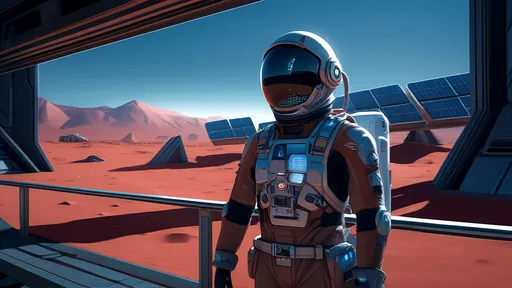
By /Jul 24, 2025

By /Jul 24, 2025

By /Jul 24, 2025

By /Jul 24, 2025

By /Jul 24, 2025
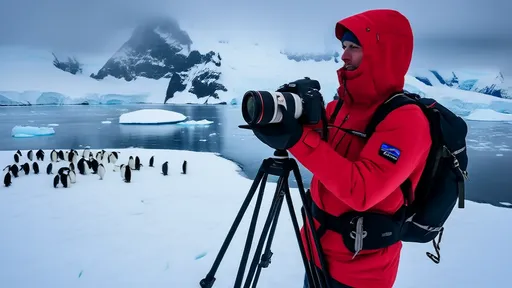
By /Jul 24, 2025
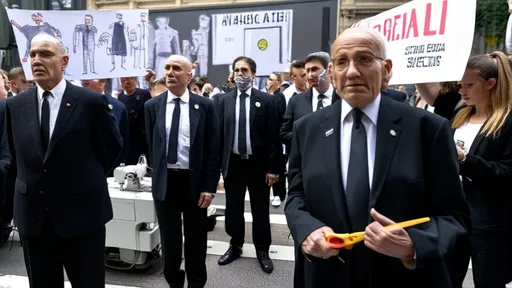
By /Jul 24, 2025
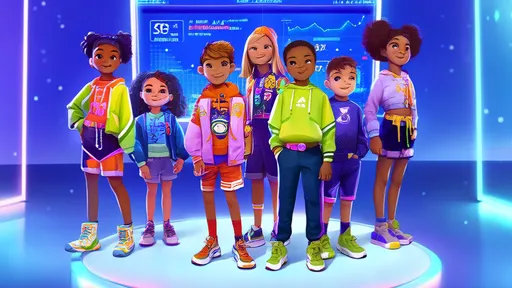
By /Jul 24, 2025

By /Jul 24, 2025
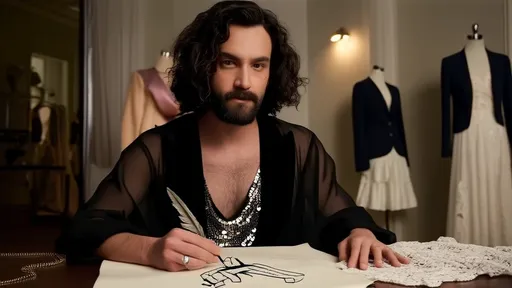
By /Jul 24, 2025
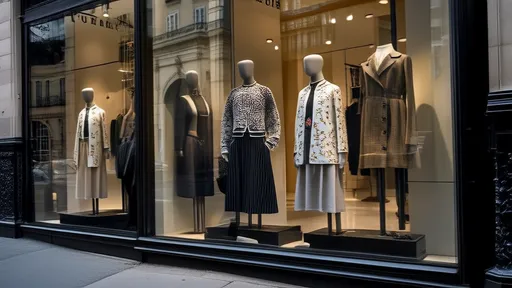
By /Jul 24, 2025
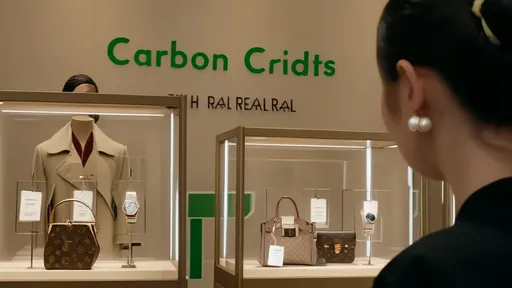
By /Jul 24, 2025

By /Jul 24, 2025
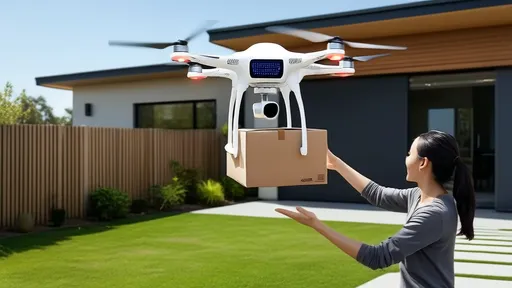
By /Jul 24, 2025
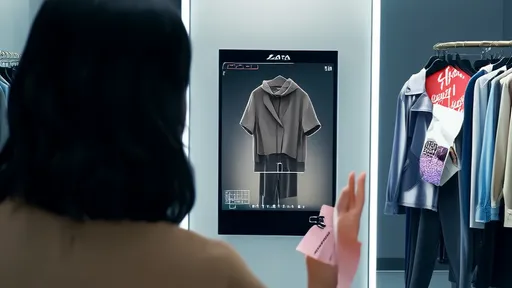
By /Jul 24, 2025

By /Jul 24, 2025

By /Jul 24, 2025
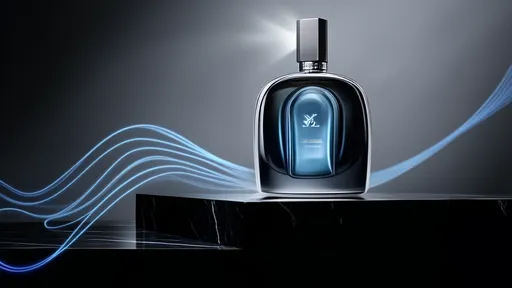
By /Jul 24, 2025